The cedars of Lebanon have stood the test of time, a tall and imposing witness to civilisations that have come and gone. Described as a setting for a pivotal battle in the Epic of Gilgamesh- a poem and the earliest surviving notable literature – the cedars were also one of the ancient world’s most prized architectural building materials. The Phoenicians, who lived in modern day Lebanon in 1500 BC, used cedar to construct their boats as they became the greatest traders in the ancient world.
Like most trees, cedar is critical in reducing carbon emissions and the greenhouse effect. One mature tree can soak up about 48 pounds of carbon dioxide each year and release oxygen in exchange. They are also excellent in areas prone to flooding as a mature tree can soak up to 50 gallons of water per day.
Today however, the cedar tree in Lebanon – which is ranked as vulnerable – is at risk of climate change with scientists warning that rising temperatures and consequent droughts are driving wildfires to higher altitudes, reaching the mountains where cedars grow.
Earlier this week a fire broke out in Tannourine, Mount Lebanon north of Beirut and after burning for two days despite efforts to get it under control, reached the gates of a nearby cedar reserve.
On Tuesday, the Lebanese National Council for Scientific research issued a fire alert for the entire country and especially Mount Lebanon.
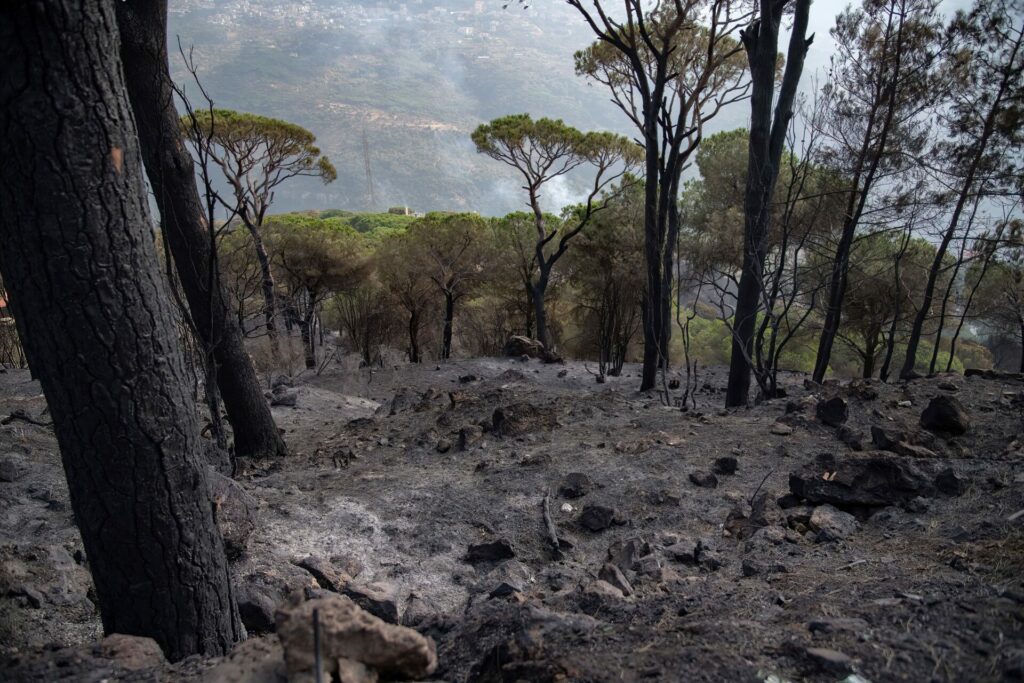
But while climate change is one reason these ancient cedar trees are at risk, it’s not the only one. In fact, as Youmna Hammoud, Managing Director and Co-Founder of Toureef an organisation of environmental scientists on a mission to protect Lebanon’s nature explains, there’s a more pressing problem endangering them:
‘A growing threat to the cedar trees is the forest fires tearing through the historic lands – 95 per cent of which are man-made.’
‘Environmental concerns are sometimes not a priority when you are in a “failed state”and people don’t even have water and electricity.’
Youmna Hammoud, Co-Founder Toureef
Dr. Maya Nehme, Director of the Lebanese Reforestation Initiative, a non-governmental organization (NGO) dedicated to expanding, managing and protecting Lebanon’s forests through a community-based approach, echoes the same sentiment adding that it’s putting the entire ecosystem, not only cedars, at risk. ‘We don’t have storms or conditions to cause natural fires,’ she emphasises. ‘The fires are either out of neglect or, most likely, intentional.’
Sharing numbers underlining the exponential rise of forest fires across the country, Dr Nehme says that in 2018 Lebanon was losing an average of 1,400 hectares of land per year due to fire damage. By 2019 the figure has risen to 2,900 hectares. In 2020, 7,200 hectares of forest land went up in flames – the worst by far. ‘The number went down to 3,000 hectares in 2021, but it’s still double the average from before,’ she says, adding that with fires being observed almost every other day, she expects the figure to be higher for 2022.
Sparks From An Economic Fire
The reason behind this alarming trend must be discussed in the context of the economic crisis in Lebanon, where inflation hit 210 per cent in June and water, electricity, and gas have soared by 594 per cent. Triggered by a huge explosion at the Port of Beirut in August 2020 that left the capital with US$15 billion in property damage, as well as an estimated 300,000 people homeless, today the Lebanese pound has since lost more than 90 per cent of its value.
‘Fuel is very expensive, and if you live in the mountains, winter is really hard. There are people who died last year from cold, and these people simply don’t have any other form of heating systems so many rely on wood from these trees to survive the winter.’
‘Environmental concerns are sometimes not a priority when you are in a “failed state”, and people don’t even have water and electricity,’ says Hammoud.
While the cedar forests of Lebanon are also threatened by climate change and increasing attacks from invasive species, it is especially at risk of unintentional and intentional human activity, ranging from abandoned campfires to slash and burn techniques to increase agricultural grazing and housing development.
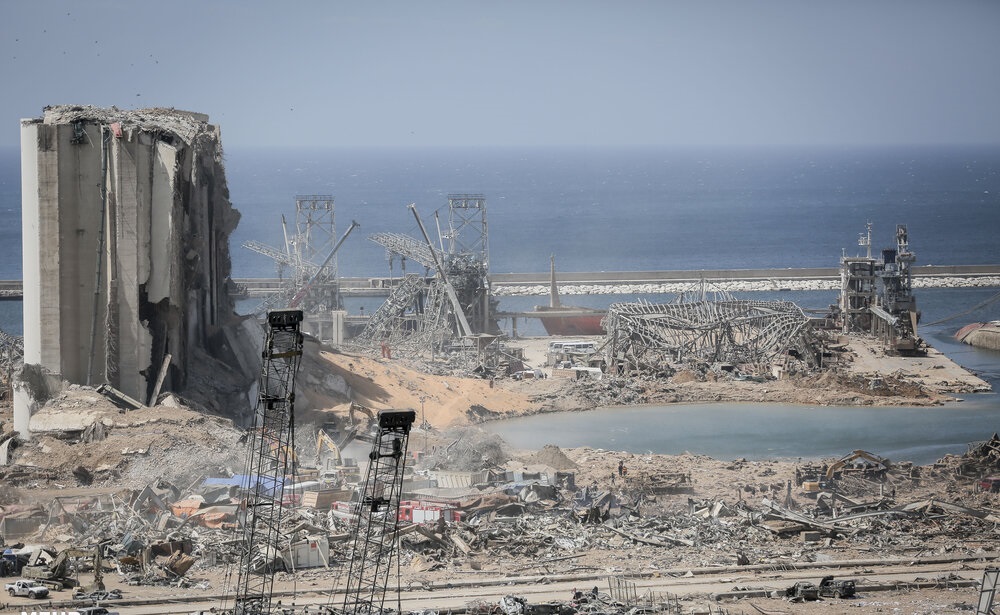
However, the most troubling activities are those dedicated to feeding the black market of cedar trees. ‘Fuel is very expensive, and if you live in the mountains, winter is really hard,’ says Hammoud. ‘There are people who died last year from cold, and these people simply don’t have any other form of heating systems or fuel to run it, so many rely on wood from these trees to survive the winter.’
As Lebanese, the cedar trees are our emblem, it’s symbolic, but I can’t speak on behalf of a farmer or father with children dying in front of him in the winter.
Youmna Hammoud, Co-Founder Toureef
For Hammoud, and others like her working on the ground, such environmental issues can’t be looked at in isolation from social problems. ‘We need to try to solve the root cause of this issue because we cannot punish without giving an alternative,’ she says. ‘As Lebanese, the cedar trees are our emblem, it’s symbolic, but I can’t speak on behalf of a farmer or father with children dying in front of him in the winter. Nature is the most valuable thing we have in the country, but also, we are faced with a situation where we cannot be inhumane.’
Dr Nehme says that while cutting trees by those in need is a common phenomenon, the real culprits are those profiting from the illegal sale of timber. ‘It’s not the people that need to heat houses in winter that’s the main problem, at most, they cut two or three,’ she says.
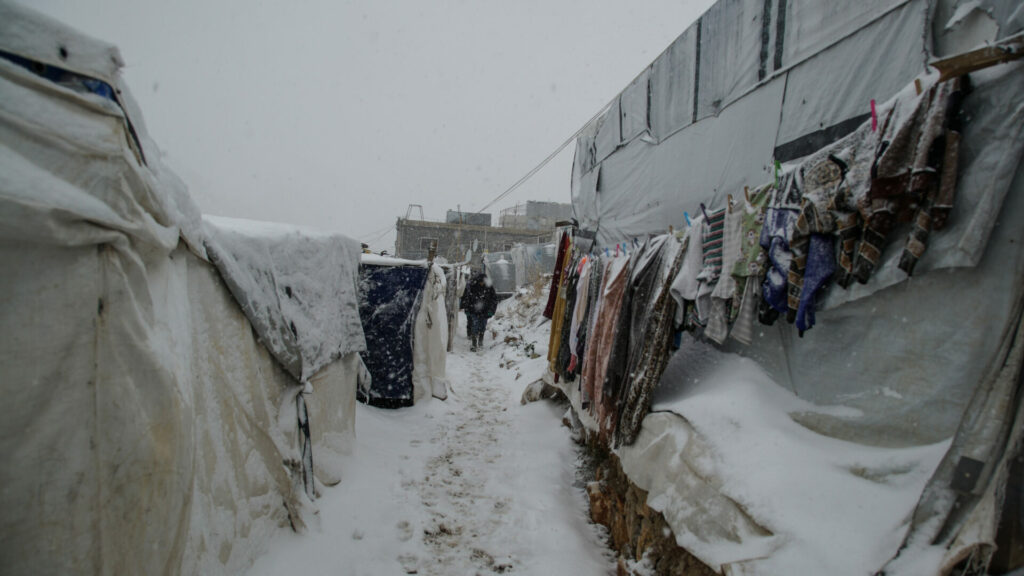

‘The problem is the people doing large operations. If they want to go and cut the trees, and people see them doing it, they can get a fine. They can get a permit to avoid all that, but they don’t normally go through normal systems. Instead, they start a fire to burn the land and use the excuse that they are cleaning it up afterwards to take the wood and sell them in the market where prices are crazy – all coming from the illegal cutting of both burnt and green lands.’
Although fires have been a long-term problem, with the country losing 360 million square metres in the last 15 years due to this man-made calamity, the economic crisis has aggravated this issue. Demand for firewood has only increased because of exorbitant fuel prices, meaning people can’t afford to heat their homes, and making the business incredibly lucrative.
Dr Nehme says that the lack of appropriate government funding for fire response teams means their ability to mitigate the fire when it happens is greatly hampered. All while climate change causes greater winds and higher temperatures, causing a faster spread of fire over a larger area. Hammoud adds that communities surrounding the forest fires also suffer as the burned land directly impacts farmers’ income and possessions.
Cedar Fires Lacking a Legal Framework
Although laws are in place, there is an unfortunate lack of enforcement to police the illegal trade of cedar wood. There is a system of forest guard centres responsible for surveillance of the land, says Dr Nehme, but with the current economic crisis, many personnel are underpaid and unmotivated. For those motivated, it can be overwhelming to deal with the lack of necessary funding to travel. ‘Systems are not implemented,’ says Dr Nehme. ‘However, we can’t blame them if they don’t have enough fuel to do their job.’
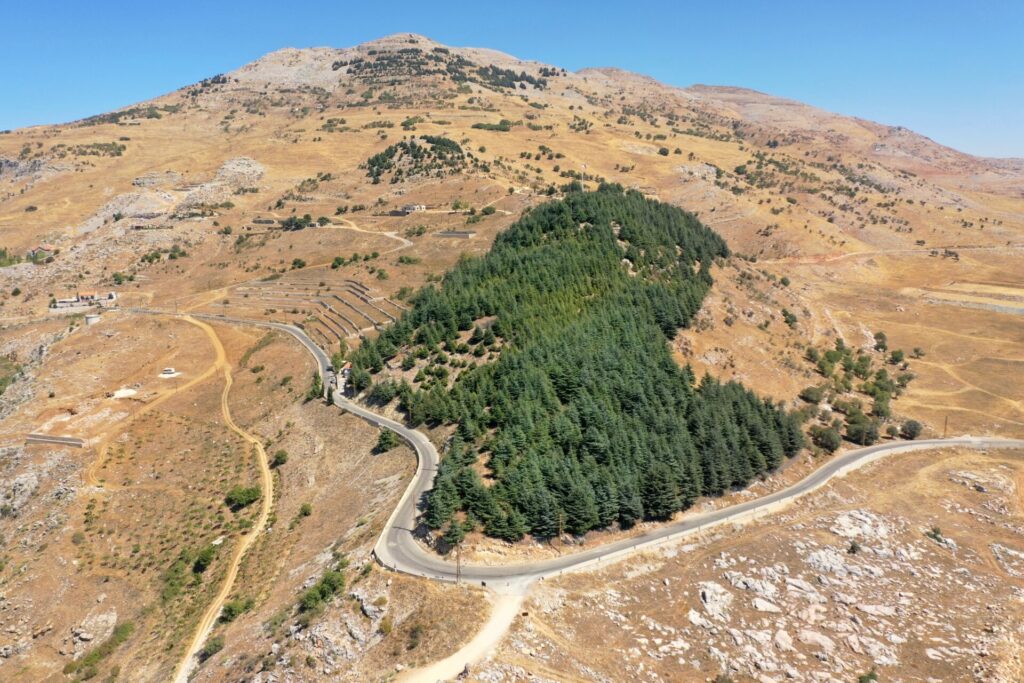
Additionally, the overburdened legal system makes it difficult to prosecute such crimes. ‘Over the years, even if a forest guard gives a fine, it takes two years for it to get to court, and most of the time, they reduce the fine to the point the person doesn’t mind just paying a small amount,’ says Dr Nehme.
Although cedar trees are one of the oldest species on the planet, they don’t regrow on their own. ‘Whenever a forest has been cut or burned, you can’t expect natural regeneration of cedar trees,’ says Dr Nehme, ‘human intervention is needed.’
Such intervention still occurs due to the tireless efforts of individuals and organisations. One is the Lebanese Reforestation Initiative, headed by Dr Nehme, an organisation committed to conserving Lebanon’s forest by revamping reforestation techniques to ensure the highest survival rates of the seedlings.
Through strong public-private partnerships and a passionate scientific approach to reforestation, the initiative has planted more than 1.4 million trees, of which more than 40 per cent are cedar trees.
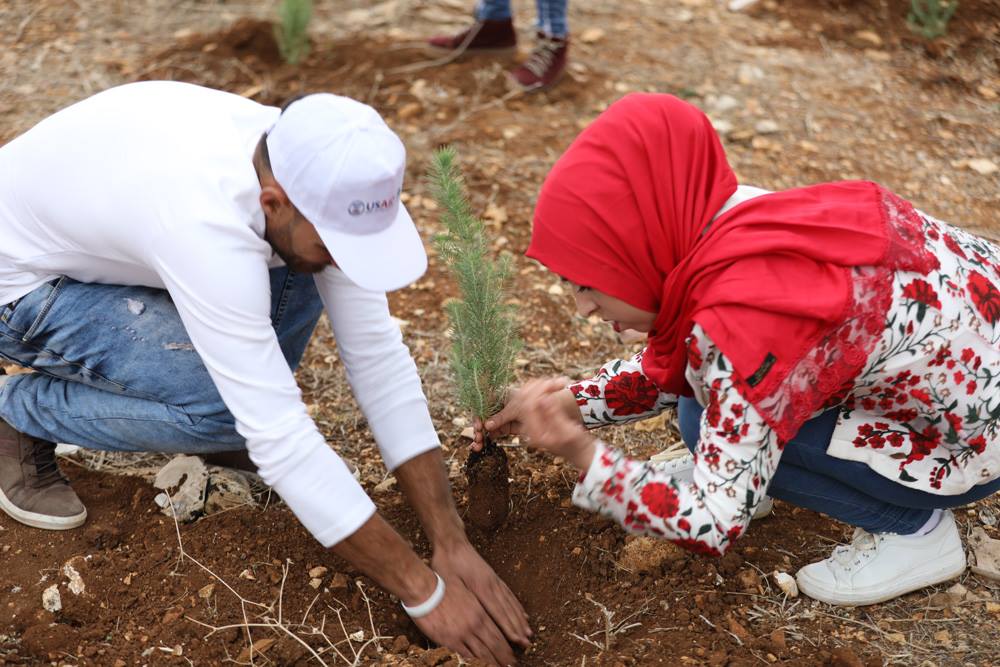

As an environmental entrepreneur, Hammoud is also working towards driving awareness on forest fire prevention, in addition to her start-up Toureef’s primary work driving revenue-generating initiatives that maximise the sustainable uses of natural resources to promote community development. ‘The vision is not to tell people what they should do but to empower them to develop local production and exporting it by providing greater visibility,’ she says.
The resilience of the cedar trees, in a way, echoes the strength of the Lebanese people, especially those with an unwavering commitment to protecting the legacy of their forests. ‘You must keep going,’ says Dr Nehme, with optimism and resilience in discussing the difficulty facing even the most committed organisations in recent years. ‘One cedar tree has so much life; they take time to grow, but they’re surviving. One day they will cover the mountain slope, and our kids will see the forest and walk among them.’













